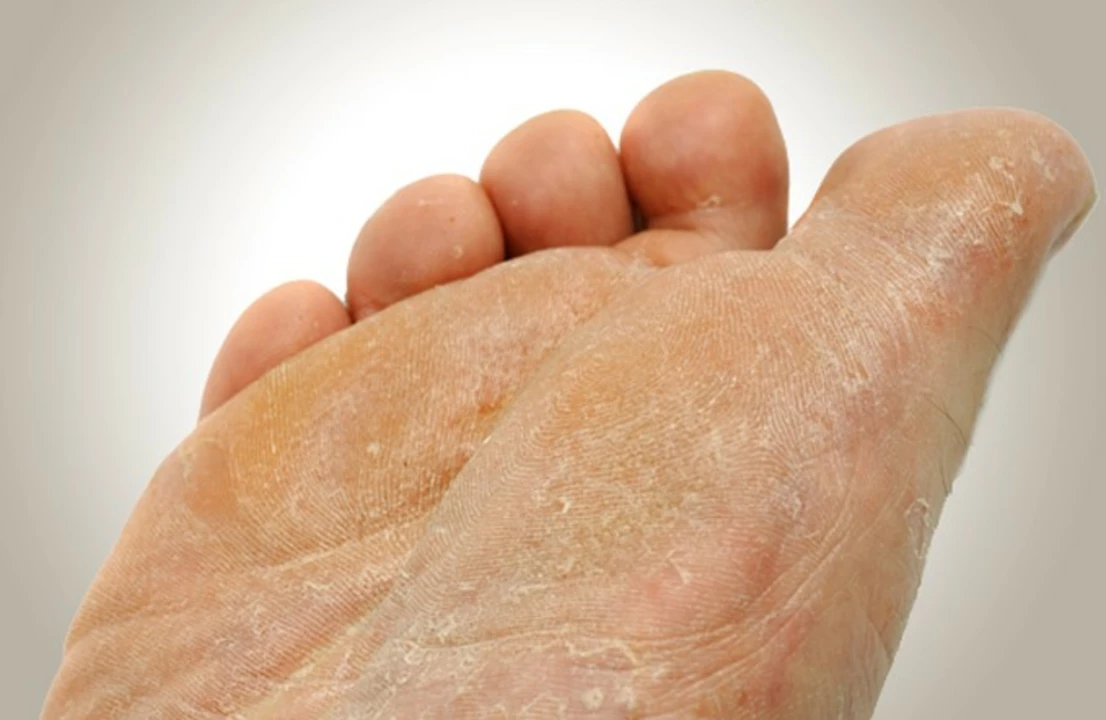Skin Allergies: Quick Guide to Symptoms, Triggers, and Treatments
Skin allergies can show up as itching, red patches, blisters, or hives. They happen when your immune system overreacts to something that touches your skin or something you eat, inhale, or take as medicine. This guide helps you spot common types, calm a flare fast, and avoid repeat reactions.
Common types and how they look
Contact dermatitis appears where skin met an irritant or allergen—think nickel, fragrances, or latex. It often feels itchy and looks like red, dry, or cracked skin. Atopic dermatitis (eczema) usually runs in families and shows as dry, itchy patches on elbows, knees, or face. Hives are raised, pale bumps that come and go quickly and often mean an allergic reaction to food, medicine, or a sting. Fungal rashes and heat rash can be confused with allergies, so if a rash has defined edges or a scaly pattern, it might be something else.
Fast relief you can try at home
First, remove the trigger if you can—wash off soaps, plants, or chemicals with cool water and a gentle cleanser. Apply a cold compress for 10–15 minutes to cut itching and swelling. Over-the-counter hydrocortisone cream works for mild contact reactions and eczema; use short courses and follow package directions. For widespread itching or hives, an oral non-drowsy antihistamine like cetirizine or loratadine often helps. If itching stops you from sleeping, a night-time antihistamine such as diphenhydramine can help but may cause drowsiness.
Keep skin moisturized to prevent flare-ups: use thick, fragrance-free creams or ointments after bathing and when skin feels tight. Avoid hot showers and harsh soaps—pat skin dry and apply moisturizer within a few minutes while skin is still damp.
If a rash looks infected (yellow crust, spreading redness, warmth, or pus), get medical care. Also see a doctor if the rash covers a large area, affects breathing or swallowing, or comes with fever. For repeated reactions with no clear cause, ask a dermatologist about patch testing to find specific allergens.
Prescription options include stronger topical steroids, topical calcineurin inhibitors for sensitive areas (like face and groin), and short oral steroid courses for severe flares. For chronic hives, doctors may add higher-dose antihistamines or prescribe omalizumab. Never start prescription meds without talking to a clinician.
Prevention is often simple: identify and avoid triggers, swap fragranced laundry products for plain ones, wear protective gloves when handling cleaners, and choose nickel-free jewelry. For food or drug allergies, always carry an allergy card and, if advised, an epinephrine auto-injector.
Skin allergies are common and usually manageable. With the right steps—trigger removal, soothing care, and the right meds—you can cut flare-ups and keep skin comfortable. When in doubt, check with a clinician to keep small problems from getting worse.
Track flares with photos and a simple diary—note new products, foods, or locations. Sharing that record with your doctor speeds diagnosis. If you have severe reactions, wear medical ID and make an action plan with your clinic so emergencies are handled fast.

Athlete's Foot and Skin Allergies: How to Tell the Difference
May 16 2023 / Health and WellnessAs a blogger, I've come across a common question that many of my readers have asked: how can we tell the difference between athlete's foot and skin allergies? Athlete's foot is a fungal infection that usually affects the spaces between the toes, while skin allergies are reactions to irritants or allergens that can appear anywhere on the body. Some key differences include the appearance of the rash, the location, and how the condition responds to treatment. It's important to consult a healthcare professional to get an accurate diagnosis and treatment plan. In my next blog post, I'll delve deeper into each condition and share some tips on preventing and managing both athlete's foot and skin allergies.
VIEW MORE